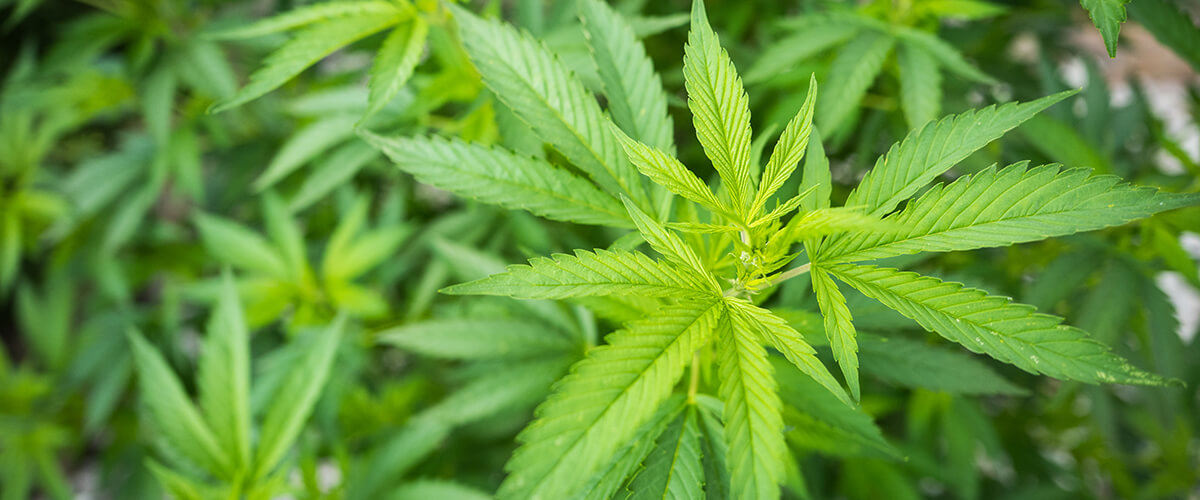Researchers analyzed self-reported data collected from a mobile app.
Medical marijuana effectively provides immediate relief from dozens of symptoms with minimal negative side effects, according to the findings of a study published recently in the journal Frontiers in Pharmacology.
Utilizing new mobile application technology, a team of researchers from the University of New Mexico assessed 13,638 individual cannabis sessions and their effects by 2,830 patients.
The data used in the study was collected with the Releaf App, an electronic assessment tool designed for patients to self-record their cannabis sessions, changes in symptom intensity levels, and any side effects.
“By collecting massive amounts of patient-entered information on actual cannabis used under real-life circumstances we are able to measure why patients consume cannabis, the types of products that patients use, and the immediate and longer-term effects of such use,” co-author of the study and UNM Department of Psychology Associate Professor Jacob Miguel Vigil said in a release.
“In other words, many of the important and practical research questions that randomized controlled trials fail to address.”
The study found that 94 percent of patients using cannabis reported that the intensity of their symptoms was reduced after consumption. Medical marijuana effectively provided significant improvements across all 27 of the symptoms measured by the mobile app.
Overall, symptoms had a mean reduction of 2.8 to 4.6 points on a 0-10 scale. Patients using cannabis to treat anxiety and depression reported greater relief than patients looking to manage pain.
“If the results found in our studies can be extrapolated to the general population, cannabis could systematically replace multi-billion dollar medication industries around the world. It is likely already beginning to do so,” Vigil said.
According to self-reports in the study, cannabis significantly improved the following 27 symptoms:
- Agitation / irritability
- Anxiety
- Convulsions
- Depression
- Dizziness
- Excessive appetite
- Fatigue
- Impulse
- Inflammation
- Insomnia
- Loss of appetite
- Mood swings
- Muscle spasms
- Nausea
- Other
- Pain – abdominal
- Pain – back
- Pain – cramping
- Pain – gastrointestinal
- Pain – headache
- Pain – joint
- Pain – migraine
- Pain – muscle
- Pain – nerve
- Pain – other
- Stress
- Tremors
The most common positive side effects patients reported with cannabis use included “relaxed” (64 percent), “peaceful” (54 percent), and “comfy” (38 percent). The most common negative side effects were “dry mouth” (23 percent), “foggy” (22 percent), and “forgetful” (13 percent).

Cannabis’ Breadth of Benefits
The researchers suggest that the width of cannabis’ therapeutic potential may reflect the ability of the plant’s cannabinoids to influence and stimulate the body’s endocannabinoid system, a major regulatory network that keeps mental and physical health and behavioral systems balanced.
By supporting the endocannabinoid system, cannabis may promote physical and psychological homeostasis that influences a wide array of symptoms and conditions.
“In order words and unlike conventional pharmaceutical approaches, which largely target specific neurotransmitter sites, cannabis may act to improve a broad spectrum of symptoms by regulating homeostatic functioning, perhaps best described as a system-modulating rather than symptom-modulating form of therapy,” said Vigil.
“The medicinal potential of this concept and practical application for treating so many and seemingly diverse health conditions is unlike that of any other single medication currently known to exist.”
The findings also indicate the importance of further research regarding medical marijuana’s effectiveness as a safer substitute for other substances, including over-the-counter medications, alcohol, and prescription drugs like opioids.
According to co-author and UNM Department of Economics Assistant Professor Sarah See Stith, “If the short-term risk-benefit profile of cannabis found in our studies reflects its longer-term therapeutic potential, substation of cannabis for traditional pharmaceuticals could reduce the risk of dangerous drug interactions and the costs associated with taking multiple medications by allowing patients to treat a constellation of comorbidities with a single treatment modality.”
The full study, “Patient-Reported Symptom Relief Following Medical Cannabis Consumption,” can be accessed through Frontiers in Pharmacology. It was supported in part by the University of New Mexico Medical Cannabis Research Fund.
More Marijuana Research
Keep up with the latest cannabis-related studies through our news page.






